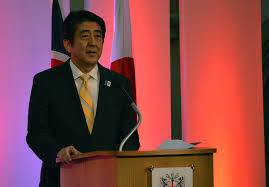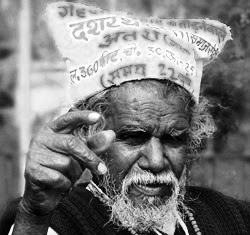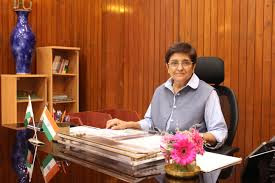 |
| Shinzo Abe |
Shinzo Abe Biography - Biography of Shinzo Abe
Shinzo Abe is a Japanese politician serving as the 57th Prime Minister of Japan and prominent leader of the Liberal Democratic Party (LDP) since 2012, and formerly from 2006 to 2007. He has been the third-longest prime minister in the post-Japan war. Abe comes from a politically prominent family and was elected by a special session of the national parliament in September 2006, becoming Japan's youngest post-war prime minister at the age of 52 and after World War II Were born for the first time. Abe resigned on 12 September 2007 due to health reasons. He was replaced by Yasu Fukudda, the first in a series of five prime ministers who failed to maintain office for more than sixteen months. Abe staged a political comeback, and defeated former Defense Minister Shizu Ishba on 26 September 2012 for the LDP's presidency. Following the LDP's landslide victory in the 2012 general election, he became the first former prime minister since Shegeru Yoshida in 1948 to return to office. He was re-elected in the 2014 general election, retaining his two-thirds majority with coalition partner Komita, and again in the 2017 general election.
Shinzo Abe was born on September 21, 1954, in Yamaguchi, Japan, Nagato. His father's name is Hironobu Abe and mother's name is Nobuo Kishi. Shinzo Abe's wife's name is Aki Abe.
Political Journey
Shinzo Abe also held the post of Prime Minister of Japan from 2006 to 2007 in the past. Abe is the chairman of the Liberal Democratic Party and the Oyagaku Propulsion Parliamentary Group. When Abe was elected to the post of Prime Minister for the first time in a special session of the National Parliament of Japan (Diet) on 26 September 2006, he became the youngest Prime Minister of Japan, post World War II. At the same time, he was the first Prime Minister born after World War II. He resigned as Prime Minister on 12 September 2007 after serving for less than a year, and was replaced by Yasuo Fukuda.
Economy
Abe expressed a general commitment to fiscal reforms instituted by his predecessor Koizumi. He has taken some steps to balance Japan's budget, such as the appointment of tax policy expert Koji Omi as finance minister. Omi has previously supported the increase in national consumption tax
The House of Representatives
Shinjhi Abe was elected to the first district of Yamaguchi province in 1993 after winning the most votes of the four delegates elected in the SNTV multi-member district after his father's death in 1993. In 1999, he became the deputy chief cabinet secretary in Yoshiri Mori, director of the Social Affairs Division, and of the Janichiri Koizumi cabinet from 2000 to 2003, after which he was appointed general secretary of the Liberal Democratic Party.
Abe is a member of the Mori faction of the Liberal Democratic Party (formally, Sewa Sysku KKIKI «-Kai). The faction is headed by former Prime Minister Yoshiri Mori. Juniiirima Koizumi was a member of the Mori faction before leaving it, as is the custom when accepting a high party post. From 1986 to 1991, Abe's father, Shinto, headed the same faction. Seiwa Seisaku KenkyÅ «-KE has 60 members in the House of Representatives and 26 in the House of Municipal Councils.
In 2000, Abe's home and his supporters' office in Shimonoseki in Yamaguchi Prefecture, were attacked on several occasions with Moltov cocktails The culprits were several Yakuza members from Kudo-kai, a Kitakyushu-based named Borokudan syndicate. In 1999, Abhey's local affiliate is believed to have given cash to the Shimonoji real estate broker in exchange for supporting the candidate for Shimonoji mayor in 1999.
Abe was the chief negotiator for the Japanese government on behalf of the Japanese abducted families taken to North Korea.




